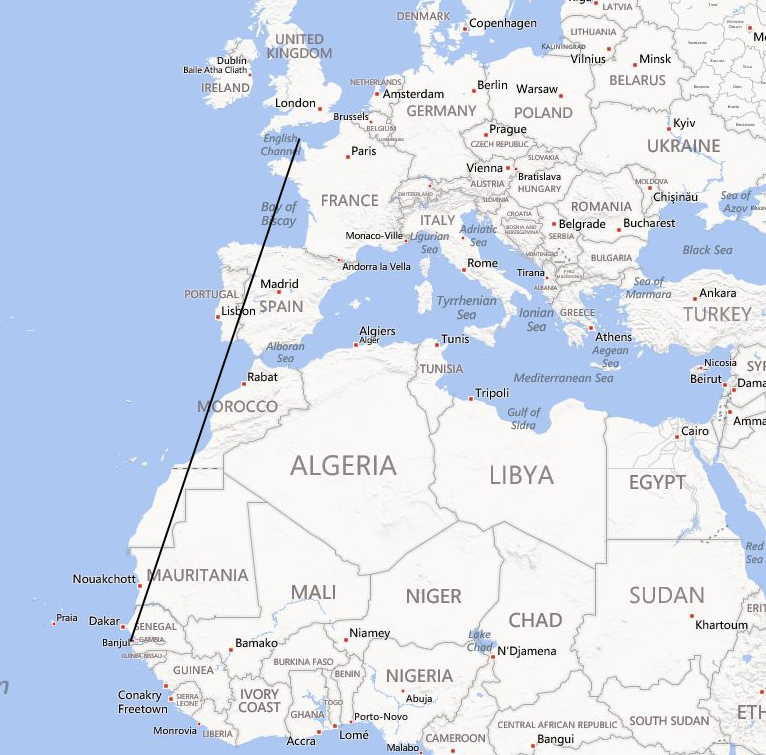 Lesser Black-backed Gull (graellsii & intermedius)
Lesser Black-backed Gull (graellsii & intermedius)
(last update: May 17 2015)
lbbg 1cy May
lbbg 1cy June
lbbg 1cy July
lbbg 1cy August
lbbg 1cy September
lbbg 1cy October
lbbg 1cy November
lbbg 1cy December
lbbg 2cy Jan-Febr
lbbg 2cy Mar-April
lbbg 2cy May
lbbg 2cy June
lbbg 2cy July
lbbg 2cy August
lbbg 2cy September
lbbg 2cy October
lbbg 2cy Nov - Dec
lbbg 3cy Jan-April
lbbg 3cy May
lbbg 3cy June
lbbg 3cy July
lbbg 3cy August
lbbg 3cy September
lbbg 3cy October
lbbg 3cy Nov - Dec
lbbg sub-ad Jan-April
lbbg sub-ad May
lbbg sub-ad June
lbbg sub-ad July
lbbg sub-ad Aug
lbbg sub-ad Sept
lbbg sub-ad Oct
lbbg sub-ad Nov
lbbg sub-ad Dec
lbbg ad January
lbbg adult February
lbbg adult Mar-April
lbbg adult May
lbbg adult June
lbbg adult July
lbbg ad August
lbbg ad September
lbbg ad October
lbbg ad Nov - Dec
Lesser Black-backed Gull graellsii 1CY & 3CY 6.T5 October 02 2010, Quarteira, Faro, Portugal & February 15 2012, Tanji, The Gambia.
Photo's: Michael Davis & Clive Barlow.
Ringed as pullus in July 2010 at Burhou, Channel Islands, UK, by ringer Paul Veron of Guernsey Colour Ringed Gull Group. Recorded in portugal, but also in The Gambia, a straight line distance of 4,256 km. Interestingly, this long distance migrant appears to show advanced moult as well.

Read Paul's Blog: "The Greatest Journey Ends Where it Began"
Last weekend, July 13-14 2013, with the help of the Alderney Wildlife Trust, I made my annual visit to Burhou to monitor the breeding success of the Lesser Black-backed Gull colony (c 1,200 pairs). This is the first of several postings I will make resulting from that visit.
In the main gull colony we found a freshly dead Lesser Black-backed Gull (no sign of predation or oiling or being hooked or caught in fishing line). The bird’s posture indicated that it may have been killed in a territorial fight with another LBBG. Turning the bird over, we saw the colour ring - Black 6.T5. This gull had been ringed as a chick on Burhou in July 2010. It fledged successfully and was recorded at Quarteira Beach in the Algarve, Portugal that October by Michael Davis. Unlike most of our young gulls it did not however stay in Iberia, it continued into Africa and was recorded on 15 February 2012 at Tanji Bird Reserve in The Gambia by Clive Barlow. To date this is the most distant migration of any Lesser Black-backed Gull ringed in the Channel Islands (a straight line distance from Burhou of more than 4,250 km!). Although it is marvellous to know that this young gull did make it all the way back to its natal colony, where it would most likely have first bred this year or more likely next, I am really disappointed that this great traveller is dead.
below: graellsii 1CY 6.T5 October 02 2010, Quarteira, Faro, Portugal. Photo: Michael Davis.
Still in completely juvenile plumage. On its way to The Gambia?
below: graellsii 3CY 6.T5 February 15 2012, Tanji, The Gambia. Photo: Clive Barlow.
Mid-winter, only very few ringed graellsii make it this far south. Advanced plumage, with growing new rectrices (almost completely white) and growing outer primaries: P7 growing, P8 probably growing and P9-P10 still old 2nd generation. Birds like this illustrate the problem using moult in 3CY birds in spring the separate between nominate fuscus (known for this kind of moult strategy) and western taxa graellsii-intermedius, which normally do not show primary moult on the wintering grounds.
Of course, Black 6.T5 develops a pale grey upperpart tone, as is typical for western graellsii, and in this respect is easily told apart from true fuscus.